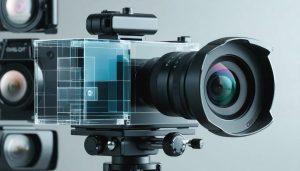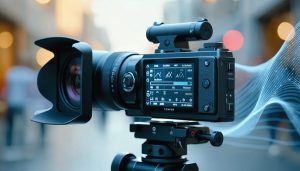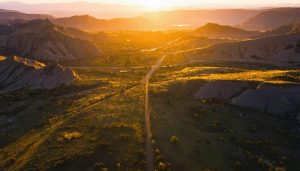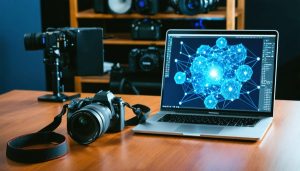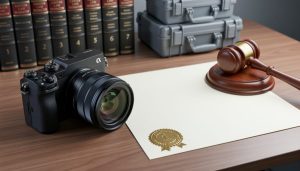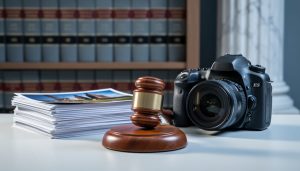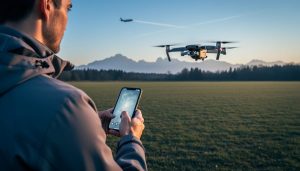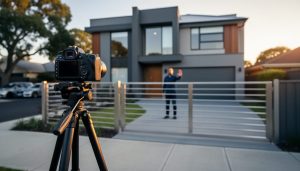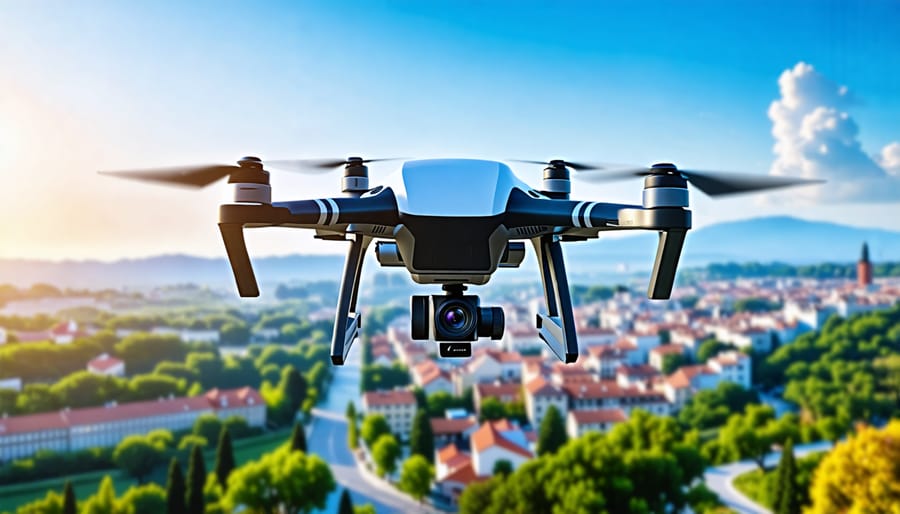
Check your local and national drone laws before flying. In the U.S., register your drone with the FAA if it weighs over 0.55 lbs (250g). Obtain a Part 107 remote pilot certificate for commercial drone photography. Choose one of the top camera drones that fit your needs and budget. Always maintain visual line of sight with your drone. Respect privacy, avoid flying over people or private property without permission, and stay at least 5 miles from airports. Keep your drone below 400 feet and away from other aircraft. Don’t fly in restricted airspace like national parks, military bases, or emergency response efforts. Monitor weather conditions and never fly in rain, fog, or high winds. Prioritize safety above getting the perfect shot.
General FAA Regulations for Recreational Drone Use
As a recreational drone pilot, it’s essential to understand and comply with the Federal Aviation Administration (FAA) regulations to ensure safe and legal flights. One key requirement is registering your drone if it weighs more than 0.55 pounds (250 grams). This process is simple and can be completed online through the FAA’s DroneZone website. Once registered, you’ll receive a unique registration number that must be displayed on your drone.
When flying, always maintain a visual line of sight with your drone and keep it below 400 feet above ground level. This ensures you can see and control your drone at all times, reducing the risk of collisions or losing sight of it. Additionally, avoid flying near airports, heliports, or other aircraft without prior authorization. It’s crucial to respect the airspace of manned aircraft and not interfere with their operations.
FAA regulations also prohibit flying drones over people, stadiums, or large gatherings without specific permission. This rule is in place to protect public safety and privacy. If you wish to fly in controlled airspace, such as near an airport, you must obtain approval from the FAA and the local air traffic control tower.
As a drone photographer, it’s crucial to be aware of your surroundings and any potential hazards. Always give way to manned aircraft and avoid flying in poor weather conditions or low visibility. When capturing stunning landscape photos, be mindful of sensitive areas like national parks, wildlife refuges, or private property, and obtain necessary permits before flying.
By familiarizing yourself with these general FAA regulations and following them diligently, you can enjoy the creative possibilities of drone photography while promoting safe and responsible flying practices. Stay informed about any updates to the regulations and always prioritize safety to ensure that the skies remain accessible for all users.
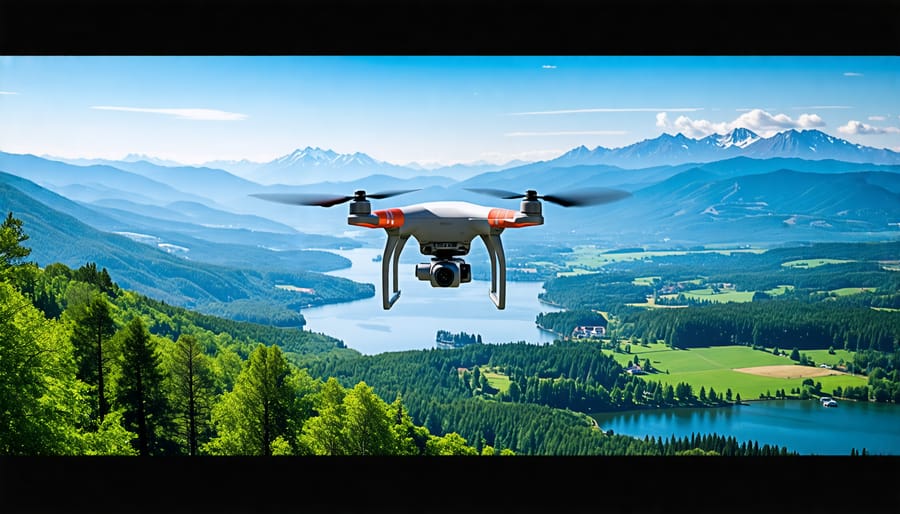
Commercial Drone Photography Laws
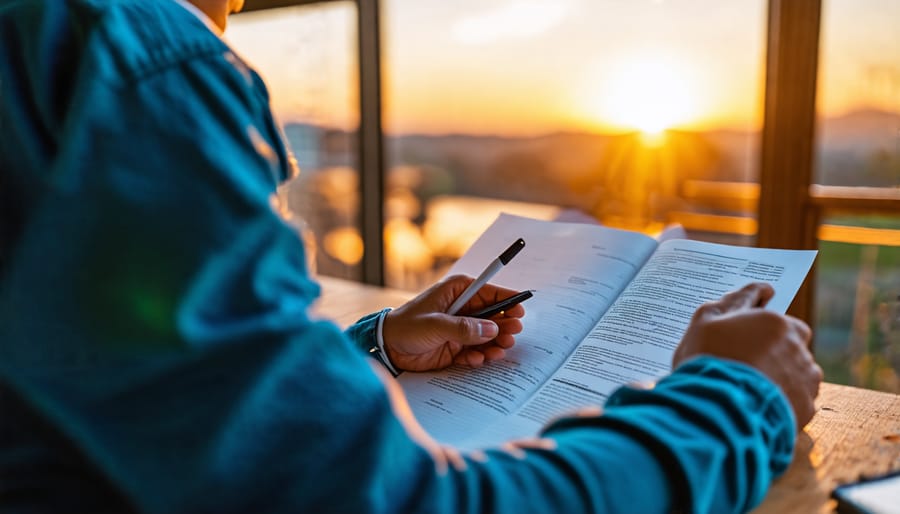
Part 107 Remote Pilot Certification
To legally fly a drone for commercial purposes in the United States, including aerial photography and videography, you must obtain a Part 107 Remote Pilot Certificate from the Federal Aviation Administration (FAA). The certification process involves several steps:
First, you must be at least 16 years old and able to read, write, speak, and understand English. You’ll need to study the Part 107 rules and regulations, which cover topics such as airspace classifications, weather, emergency procedures, and drone maintenance. The FAA provides free study materials on their website.
Next, schedule an appointment at an FAA-approved knowledge testing center to take the Part 107 Aeronautical Knowledge Test. The 60-question, multiple-choice exam covers the information you studied and requires a score of 70% or higher to pass. Upon passing, you’ll receive proof of completion.
Create an account on the FAA’s IACRA (Integrated Airman Certification and Rating Application) website and complete the application for a remote pilot certificate. You’ll need to provide personal information, proof of identity, and your knowledge test results. Once submitted, the TSA will conduct a background check.
After passing the background check, you’ll receive a temporary remote pilot certificate, valid for 120 days. Your permanent card will arrive by mail within that timeframe. To maintain your certification, you must pass a recurrent knowledge test every 24 months.
Obtaining your Part 107 certification is a crucial step in ensuring you’re operating your drone legally and safely for commercial purposes. It’s also essential to invest in reliable equipment, such as buying the perfect camera for your aerial photography needs. By following these guidelines and staying informed about evolving regulations, you’ll be well-prepared to launch your drone photography business.
Insurance and Liability Considerations
For commercial drone operators, having the right insurance coverage is critical. Liability insurance protects you in case your drone causes property damage or personal injury to others. Hull insurance covers damage to your own drone. Some policies even offer coverage for equipment carried by the drone, like expensive cameras and lenses.
The level of coverage needed depends on factors like the size and capabilities of your drone, where you fly, and the nature of your work. Consult with an insurance broker specializing in aviation or unmanned aerial vehicles to assess your specific risks and get quotes from different insurers.
Keep in mind that many general liability business policies exclude aircraft, so you may need a separate policy or rider for your drone operations. Failing to secure proper coverage could leave you on the hook for costly damages, so don’t take off without reviewing your insurance needs first.
Understanding Airspace Classifications and Restrictions
Navigating the complex web of airspace classifications is crucial for drone photographers to ensure safe and legal flights. In the United States, airspace is divided into five main classes: A, B, C, D, and E. Class A covers altitudes above 18,000 feet and is off-limits to drones. Class B surrounds the nation’s busiest airports and requires air traffic control (ATC) permission for drone operations. Classes C and D apply to smaller airports with varying levels of ATC involvement. Most drone flights occur in Class G (uncontrolled) airspace, which extends up to 400 feet above ground level.
Drone pilots must also be aware of restricted areas, such as national parks, military bases, and stadiums during major events. Flying near emergency situations like wildfires or accident scenes is prohibited as it can interfere with rescue efforts. Temporary Flight Restrictions (TFRs) may be put in place for VIP movements, space launches, or other special events.
To ensure compliance, drone photographers should use apps like AirMap or KittyHawk to check for airspace restrictions before each flight. These tools provide real-time maps and alerts about nearby airports, TFRs, and other potential hazards. When in doubt, sempre refer to the FAA’s UAS Facility Maps or contact local airport authorities for guidance.
Remember, violating airspace regulations can result in hefty fines and legal consequences. By understanding the different classes of airspace and staying informed about temporary restrictions, drone photographers can capture stunning aerial images while prioritizing safety and responsibility. With proper planning and situational awareness, the sky’s the limit for your creative vision.
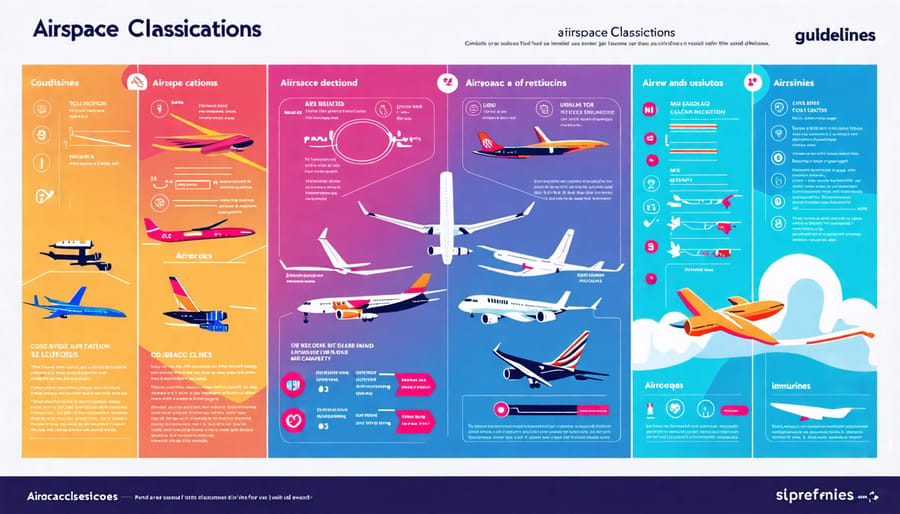
Tips for Staying Compliant and Avoiding Legal Trouble
To stay on the right side of the law while capturing stunning aerial photos, it’s crucial to familiarize yourself with both federal and local regulations. Always register your drone with the FAA if required and obtain any necessary licenses or certifications for commercial work. Before each flight, check for temporary flight restrictions (TFRs) and No Drone Zones using official apps like B4UFLY.
When in the field, keep your drone within visual line of sight and below 400 feet above ground level unless you have special permission. Avoid flying over crowds, stadiums, or emergency response efforts. Respect others’ privacy by steering clear of private property unless you have the owner’s consent. If you’re unsure about the rules for a specific location, contact local authorities or consult official sources rather than relying on hearsay.
It’s also wise to invest in drone insurance to protect yourself financially in case of accidents or unintended violations. Join a local drone photography community to stay updated on the latest rule changes and learn from experienced pilots. They can offer invaluable guidance on essential settings for jaw-dropping photos while adhering to ethical standards.
Remember, drones are a powerful tool for storytelling and artistic expression, but with that power comes responsibility. By educating yourself, acting transparently, and prioritizing safety, you’ll be well-equipped to capture breathtaking aerial images without running afoul of the law. Stay informed, fly responsibly, and let your creativity soar within the boundaries of legal and ethical drone operation.
Conclusion
Drone photography offers exciting creative possibilities, but it’s crucial to understand and follow the laws governing this rapidly evolving field. By staying informed about regulations, obtaining necessary licenses, respecting airspace restrictions, and prioritizing safety, drone photographers can responsibly pursue their passion while minimizing risks. As technology advances and drone usage becomes more widespread, it’s likely that laws will continue to adapt. Embracing a proactive, conscientious approach to compliance not only protects individual photographers but also contributes to the positive growth and public acceptance of drone photography as a legitimate art form and commercial tool. With a commitment to education and ethical practices, the drone photography community can thrive while maintaining the trust and support of the broader public.

